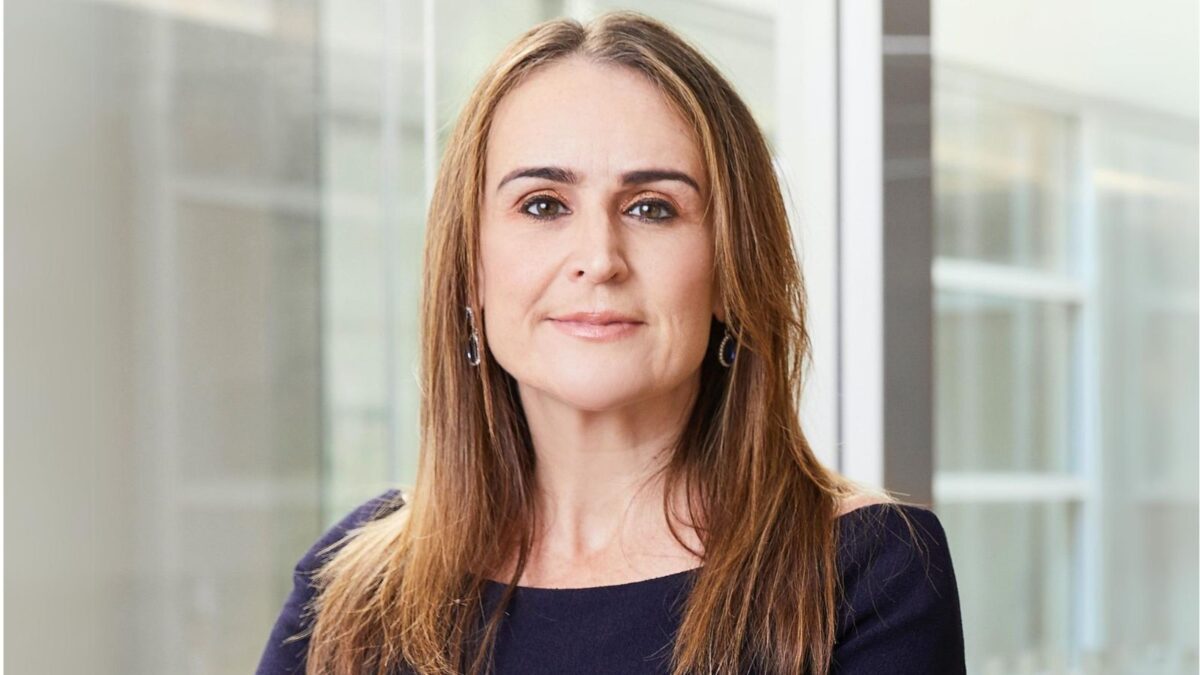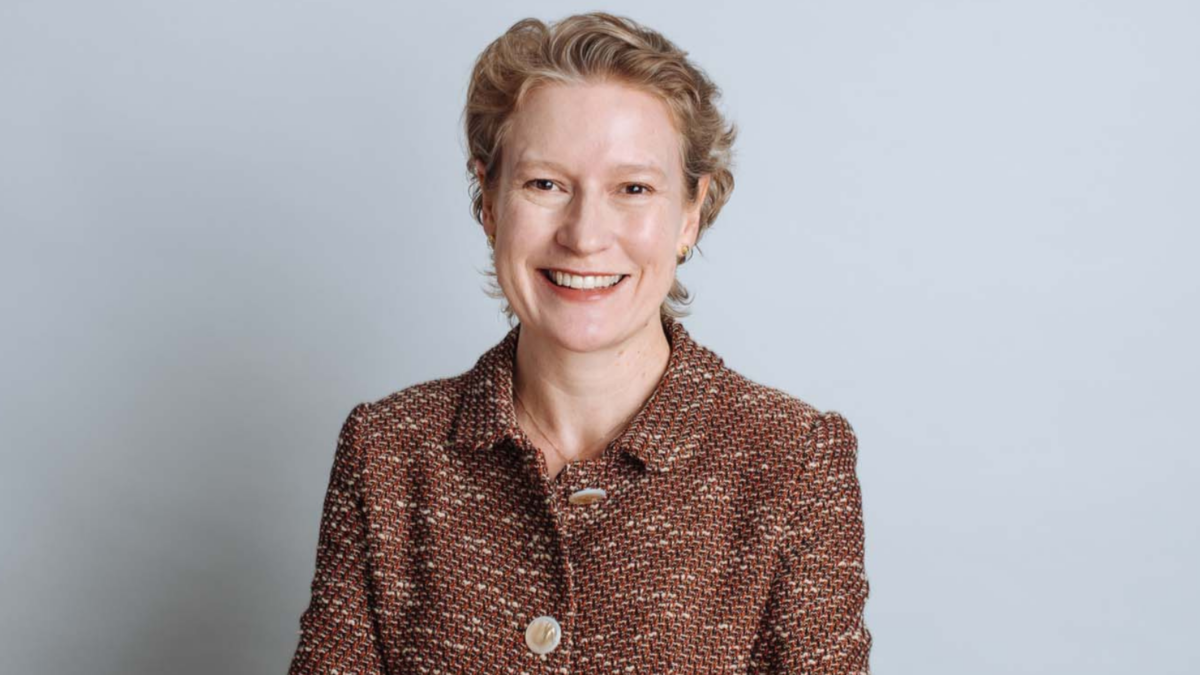Risk premia investing: hedge funds win out
By Greg Bright
Risk premia and smart beta strategies will quadruple in the next four years, according to a Citi Investor Services survey. Lars Jaeger, a pioneer in the risk premia space, held a roundtable in Australia last week. He says it’s a natural progression. Here’s why.
The Citi survey of big pension funds around the world, published last week, said that 86 per cent were looking to increase their investments in factor-investing strategies, such as risk premia and smart beta. They said, by and large, they would like to do it through their hedge fund managers.
For the uninitiated, this is what that means.
Lars Jaeger, the head of quantitative research for GAM, the Zurich-based global manager, said the development of strategies around “alternative beta” meant that this offered investors hedge-fund-like potential returns at a significantly lower price.
Whether you call it ‘smart beta’ or ‘dumb alpha’, as its critics do, the fact is that such quant-driven strategies can deliver better returns than cap-weighted index funds can for a lesser fee than core active strategies.
Jaeger told the roundtable of fiduciary investors in Sydney last week that the “risk premia industry” had developed markedly since the GFC, at around 2007-2008. The big global banks, he said, had finally got on board and fund flows to risk-premia strategies were “picking up speed”.
Coincidentally, a study by Citi’s custody division said last week that Citi projected that assets under management in smart beta and risk premia funds would reach US$1.2 trillion within three years -more than quadrupling the assets in those strategies since 2014, when assets totalled US$265 billion. They will hit US$1.9 trillion in 2019, Citi reckons.
Smart beta exchange-traded funds (ETFs) are also on the rise, with 45 launched in 2015 alone-though only 8 per cent of investors said they used ETFs to access factor exposure.
Investors overwhelmingly preferred multi-factor investing to single-factor strategies, and said they were attracted to the strategy because of perceived opportunities for volatility mitigation and return optimisation, the report said.
“The adoption of style and factor-based strategies can help investment managers identify determinant market shifts,” the Citi report said, “and implement differentiated strategies away from consensus trades.”
Meanwhile, Jaeger said that GAM’s strategies had evolved such that the manager was executing a lot of the formerly outsourced strategies itself, blending some of the best execution of the banks with its internal investment specialists.
“We’ve found that we are best to implement risk premia strategies ourselves most of the time,” he said. “But, here and there, we like to use the banks on an opportunistic basis, usually where it’s not so easy for us to trade. Plus, sometimes, the banks will have some good ideas we’d like to share in… We are happy to merge the two schools.”
GAM has actually been managing and trading liquid alternatives, which is what risk premia and smart beta strategies are, for about 25 years. The firm’s latest research is all about how to define risk. Volatility, the most recognised definition, is not necessary a good measure, Jaeger said, because of extreme events.
“So, at GAM we’ve constructed portfolios that have emphasised tail [extreme] risk and we put this into our focus… From the work we’ve done, the best way to define this sort of risk is according to drawdowns. So, we have done a lot of analyses about expected drawdowns,” he said.
Jaeger, who is head of quantitative research at GAM and a physics researcher in his spare time, says there is “an element of judgment” in the estimation of an expected drawdown. However, when you put it all together so as to minimise that drawdown, you find that the portfolio will tend to outperform significantly in distressed markets.
“This product,” Jaeger said, ” is not driven by our macro views. It’s driven by our assessment of drawdown risk. It’s as systematic as we can possibly get it.”
Rossen Djounov, GAM’s head of international distribution and a frequent visitor to Australia, said that, historically, the risk premia space was occupied through allocations from hedge fund exposures. “But institutional investors have moved intoi the space and brought a greater degree of sophistication,” he said.
For instance, super funds can use a synthetic alternatives risk-premia set of numbers as a benchmark, which means that the fund is better able to test, and reward, a manager for skill. “You can apply that benchmark across the whole portfolio,” Djounov said.
GAM’s target “Sharpe ratio” of risk and return is about 1.0. The “magic of putting all the risk premia together”, Jaeger says, is that the individual strategies, which range between 0.2 and 0.4 on the Sharpe ratio, will add up to close to 1.0 when combined. The manager’s current portfolio is sitting on a Sharpe ratio of 1.06.
Jaeger says that, generally, there are about 20-25 different risk premia, including different variations of the same strategies. GAM needs to allocate to about 15-20 of them to get a portfolio with a consistent Sharpe ratio of about 1.0, he says.









